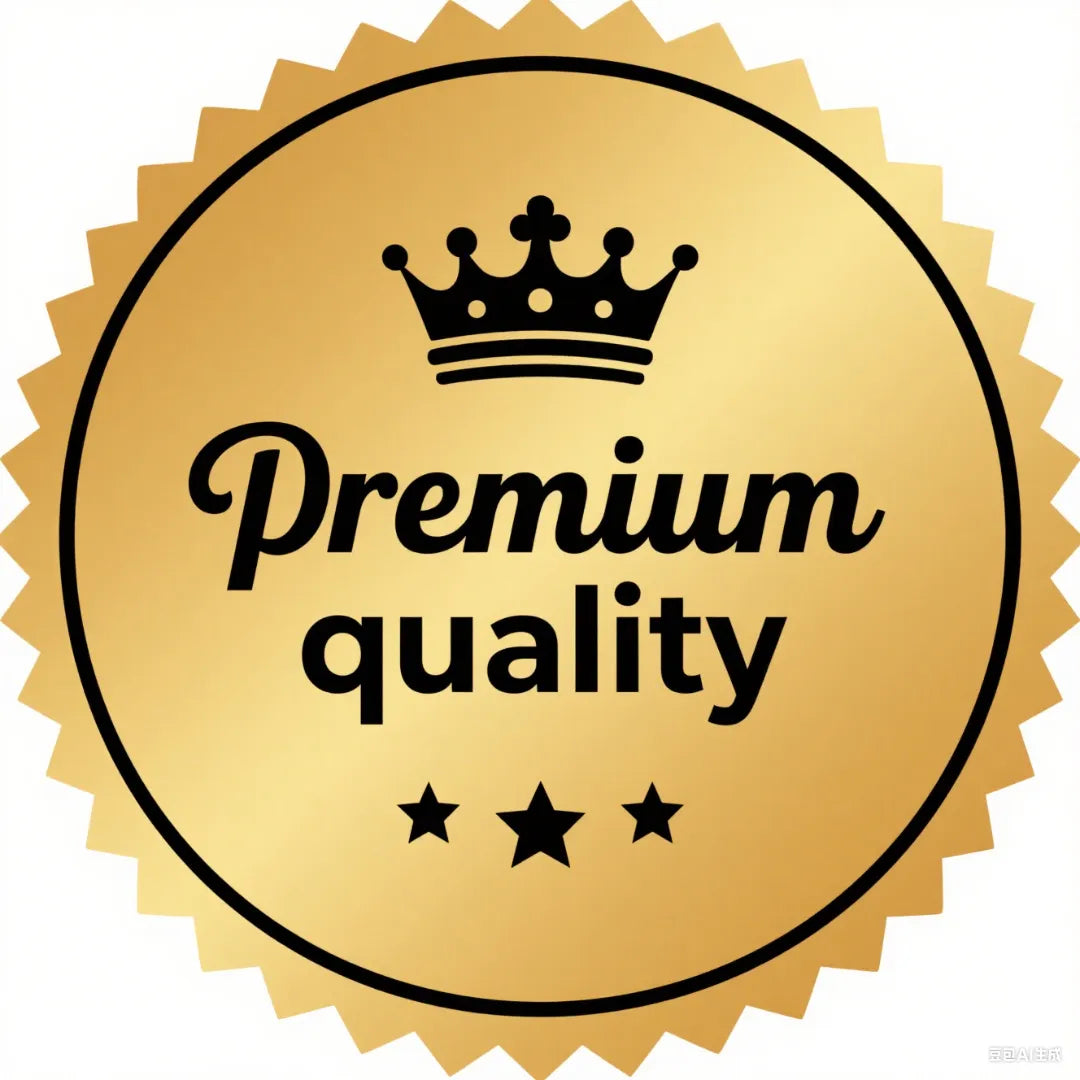Chapter 1: Once Upon a Time... in Your Kitchen
There’s a legend in every home — invisible, silent, and highly flammable. It fuels your stove, warms your showers, and quietly hides in your pipelines. Its name? Methane, the primary component of natural gas.
But methane is more than just a helpful household servant. It’s also a greenhouse gas, a safety hazard, and a mysterious molecule with a split personality: life-giving in one context, dangerous in another.
In this blog post, we’ll explore the science and everyday magic of methane — how it powers your home, how it hides in plain sight, and how tools like the AEGTESTSHOP Gooseneck Gas Leak Detector can help you stay one step ahead of any gas-related surprises.
Chapter 2: Meet Methane – The Star of Natural Gas
Let’s get technical — just for a second.
Methane (CH₄) is the simplest hydrocarbon: one carbon atom, four hydrogen atoms. It’s colorless, odorless, flammable, and lighter than air. It’s also naturally occurring, bubbling up from the earth’s crust, released by rotting organic matter, or produced by livestock (yes, cow burps!).
In most homes, methane comes packaged as natural gas, a cleaner-burning fuel compared to coal or oil. It’s used to:
-
Heat water
-
Cook food
-
Warm rooms
-
Power gas dryers
Sounds great, right? Clean, efficient, and invisible. What could go wrong?
Chapter 3: When Good Gas Turns Bad
Despite its benefits, methane has a dangerous side. When it escapes your gas lines, cooktops, or heating systems, it becomes a silent hazard.
🔥 The Risk of Ignition
Methane is highly flammable. Just a 5–15% concentration in air is enough to create an explosive mixture. All it takes is a spark.
💨 Hard to Detect
Since methane is odorless, gas companies add a chemical called mercaptan to give it that familiar "rotten egg" smell. But sometimes, small leaks go unnoticed — especially in rarely checked areas like behind the stove, under the sink, or in basements.
🌍 A Climate Culprit
From a climate perspective, methane is a big deal. Over a 20-year period, it traps more than 80 times the heat of CO₂. Even tiny leaks in your home add up, contributing to global warming.
So how do you protect your home, your health, and the planet from methane's dark side?
Chapter 4: Everyday Methane Myths – Busted!
Let’s tackle some popular myths.
❌ Myth 1: “If I don’t smell gas, there’s no leak.”
Fact: Many gas leaks are too small to be detected by smell. That’s why professional detectors are essential.
❌ Myth 2: “Modern appliances don’t leak.”
Fact: Even brand-new appliances can develop faults, especially if installed incorrectly or in homes with unstable gas pressure.
❌ Myth 3: “I only need to check for leaks when I smell something weird.”
Fact: By then, it may be too late. Proactive monitoring is the key to prevention.
Chapter 5: Behold the Hero – AEGTESTSHOP Gooseneck Gas Leak Detector
This is where our unsung hero enters the story.
🎯 AEGTESTSHOP Gooseneck Gas Leak Detector: Your Methane Whisperer
Designed with homeowners in mind, this compact, flexible, and ultra-sensitive device is perfect for sniffing out methane leaks before they become legends of disaster.
🐍 Gooseneck Design
The flexible, snake-like neck lets you bend and reach awkward areas — behind ovens, under boilers, or in narrow utility closets.
💡 Visual & Audible Alerts
Once methane is detected, you’ll get beeping alarms and LED indicators — even for small concentrations.
🎒 Portable & Battery-Operated
Take it with you anywhere in the house. It's perfect for routine checks, post-installation inspection, or peace-of-mind scanning after that weird gas smell disappears.
🛡️ Why It Matters
This detector isn’t just a gadget. It’s your first line of defense against leaks that could lead to fires, explosions, or worse.
💡 Pro Tip: Use the detector around gas cooktops, water heaters, HVAC systems, and even garage corners where organic matter might release gas as it decomposes.
Chapter 6: Methane in Strange Places
You might think methane only lives in your pipes. Think again.
🌿 Compost Bins & Organic Waste
Decomposing food in sealed bins (especially under the sink) can release methane — especially in hot, humid conditions.
🪠 Bathroom & Plumbing
Sewer gases — which include methane — can backflow into homes through dry P-traps or old plumbing.
🧊 Basements & Crawl Spaces
These areas are notorious for poor ventilation, making them potential collection points for invisible gases.
Want to test these spots? The AEGTESTSHOP Gooseneck Gas Leak Detector lets you do it in seconds.
Chapter 7: A Brief History of Explosive Mistakes
Natural gas accidents aren’t just things of the past.
-
In 2018, dozens of homes exploded in Massachusetts due to overpressurized gas lines.
-
In 2021, a family in China experienced a kitchen explosion caused by a slow leak under their stove.
-
In 2023, an apartment complex in Europe was evacuated when residents reported nausea — the culprit? Methane from a faulty water heater.
Each of these incidents had one thing in common: they could have been prevented with early detection.
Chapter 8: Living Smart with Methane
We live in the age of smart homes, AI, and remote monitoring. It’s time we took gas detection seriously too.
✅ Best Practices for Gas Safety at Home:
-
Install detectors near all gas appliances.
-
Check for leaks monthly — especially after installing new equipment.
-
Ensure good ventilation, especially in kitchens and basements.
-
Never ignore unusual smells, dizziness, or headaches — these can be signs of gas buildup.
-
Invest in a reliable detector, like the AEGTESTSHOP Gooseneck model, for regular safety sweeps.
Chapter 9: Methane, the Double-Edged Sword
Let’s be fair — methane isn’t evil.
It helps generate electricity, powers buses in some cities, and provides clean heat in millions of homes. The trick is managing it responsibly. That means understanding how it behaves, where it might leak, and how to catch it before it causes harm.
The AEGTESTSHOP detector turns this knowledge into action — making safety something anyone can achieve.
Chapter 10: The End (and Beginning) of the Methane Legend
Now that you’ve met the molecule behind the myth, you can rewrite the story.
Instead of being a silent hazard, methane becomes a manageable part of daily life. With tools like the AEGTESTSHOP Gooseneck Gas Leak Detector, homeowners can stay safe, informed, and empowered.
After all, legends aren’t dangerous when you know how to read them — and detect them.
🛒 Ready to Become a Methane Master?
Protect your family. Safeguard your home. Contribute to a cleaner planet.
👉 Get your AEGTESTSHOP Gooseneck Gas Leak Detector today and turn invisible risks into visible results.
Because a silent gas leak should never write the ending of your story.






